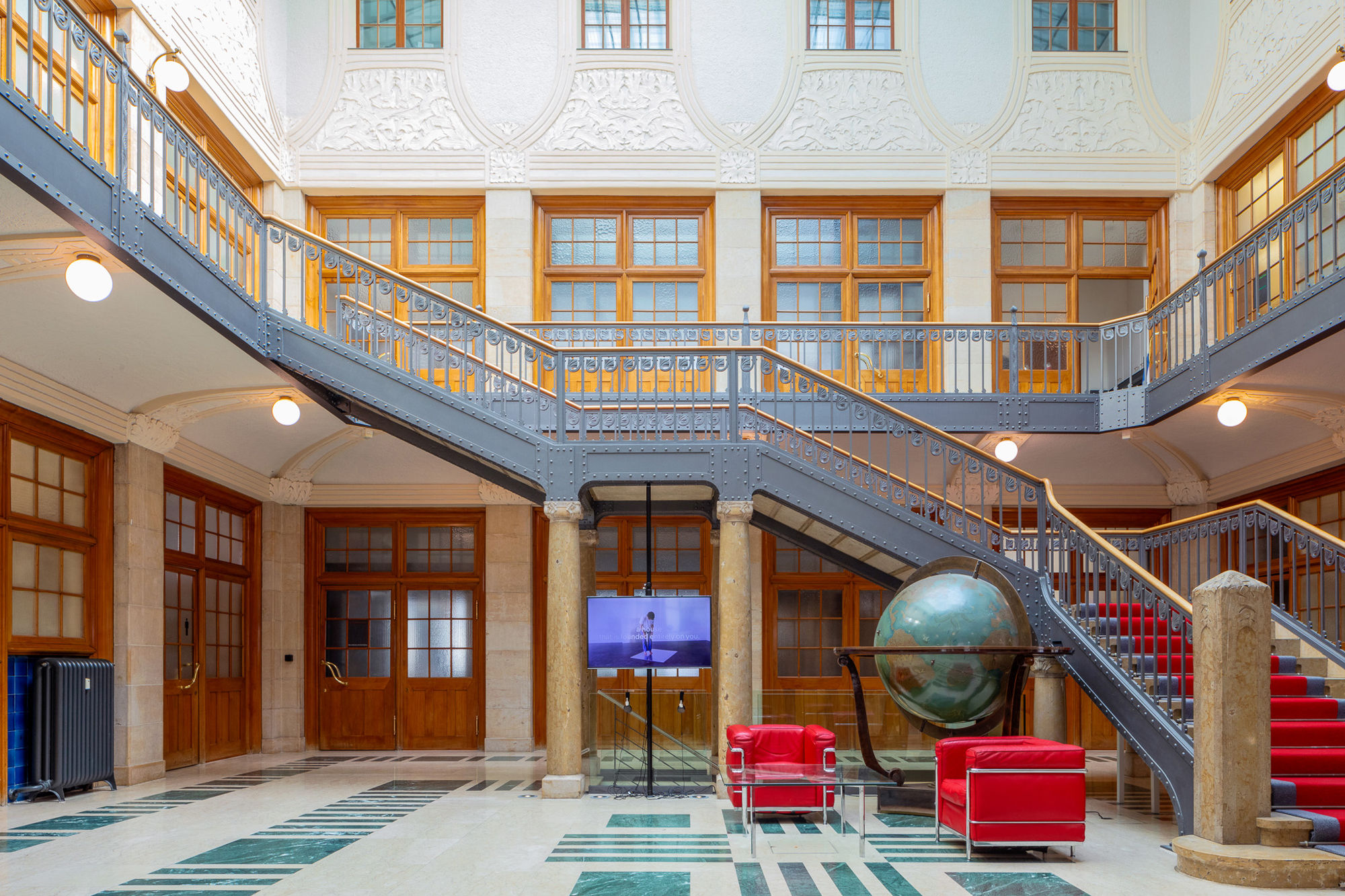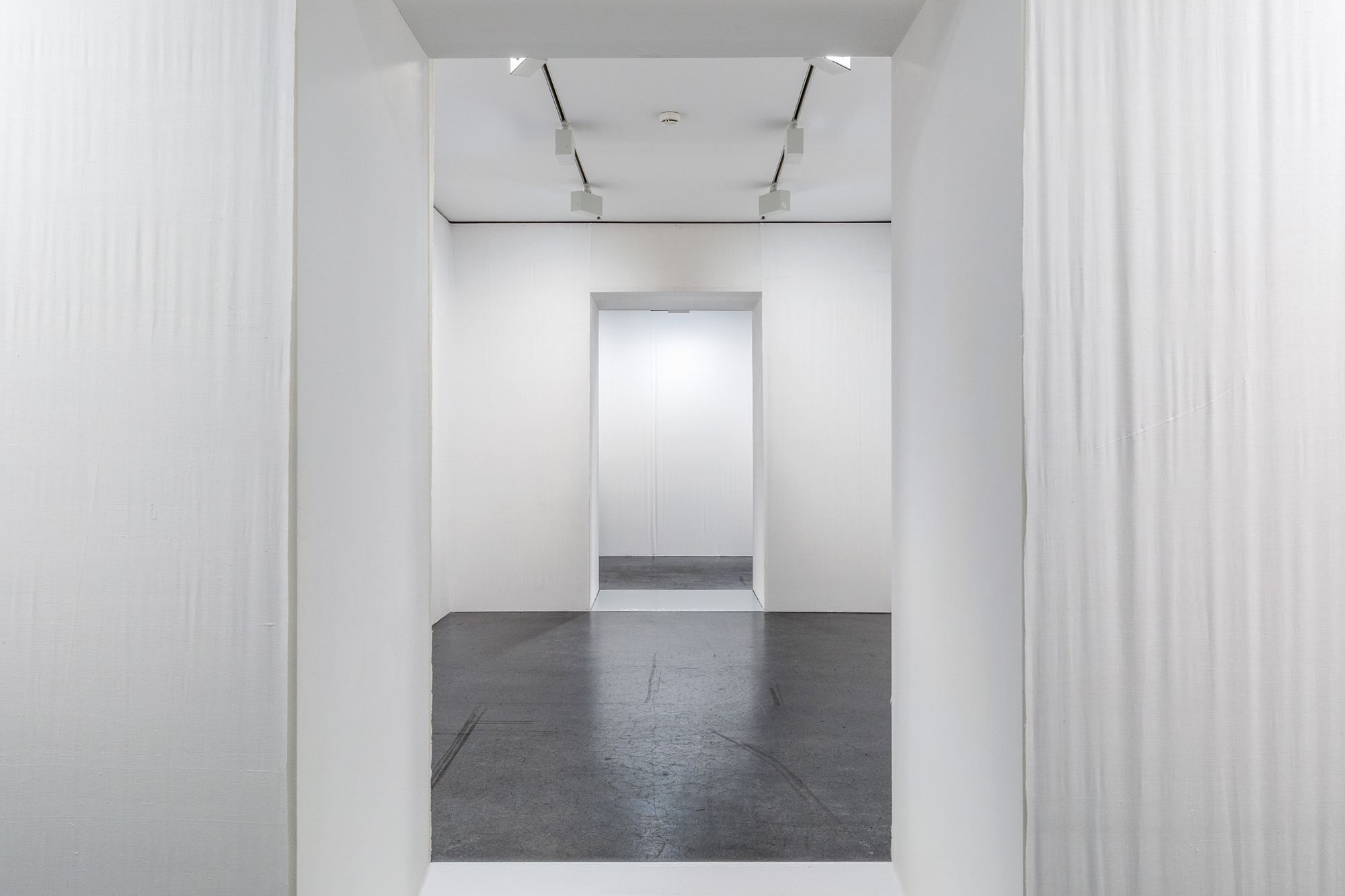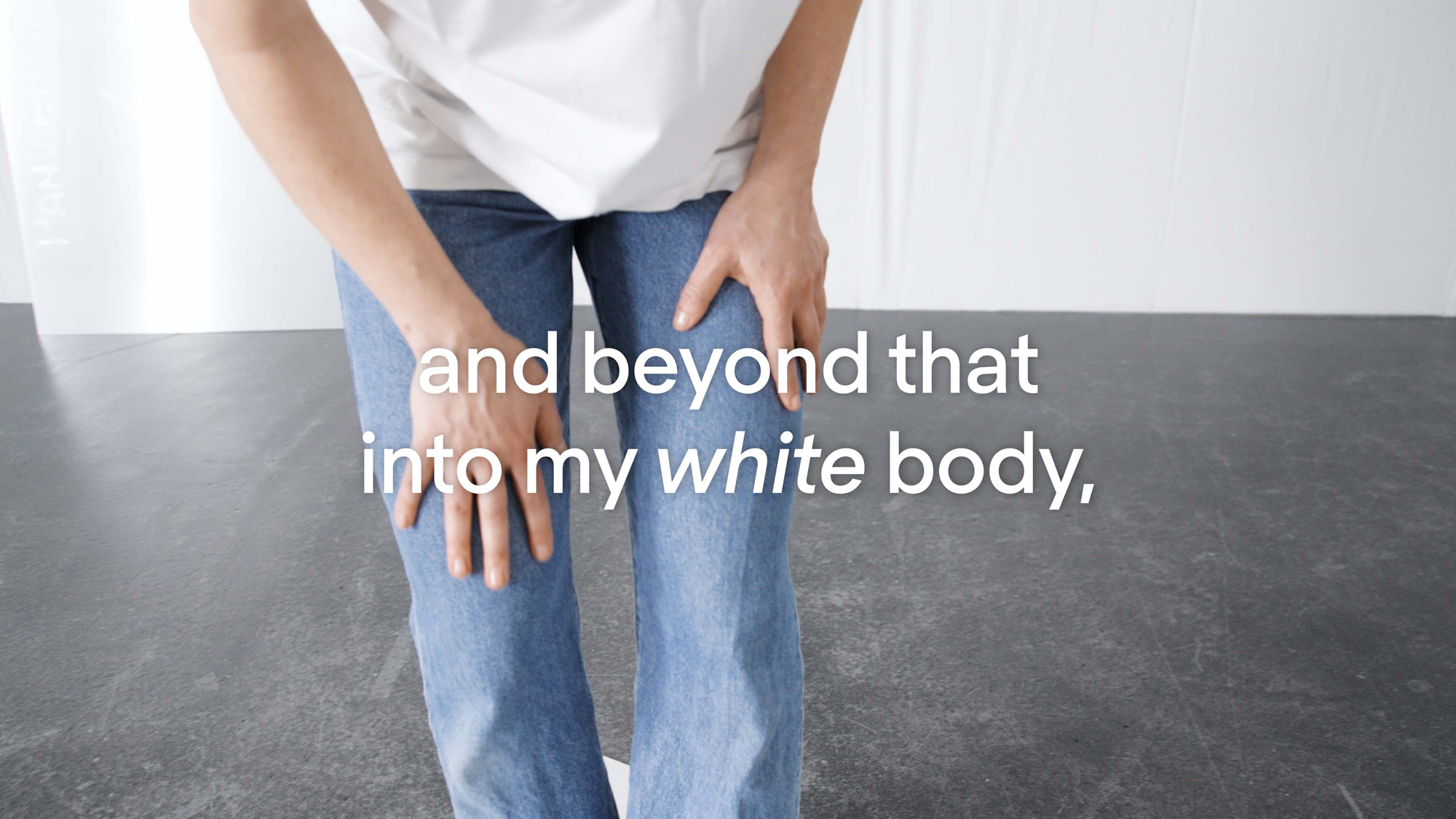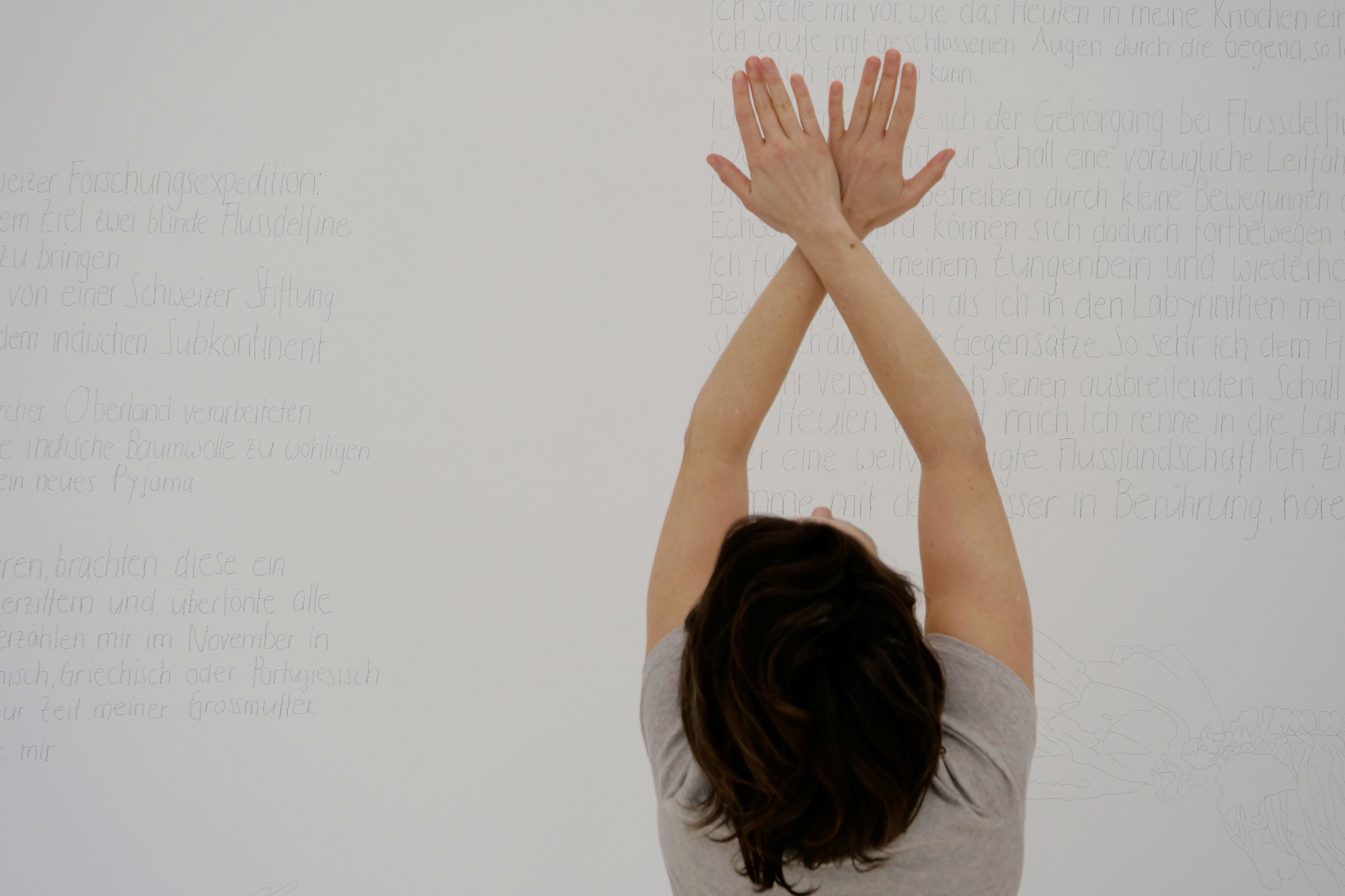Substances is a techno-utopian textile fiction. It offers speculative perspectives on the history of the cotton trade from the late 18th century to the present, linking this history to the omnipresence of synthetic materials and chemical substances. Substances is a conglomerate of artistic projects that critically negotiate and actualize Switzerland's colonial entanglements within the broader framework of an extensive textile history.
On Surfaces and Structures: New body of work

Stefanie Knobel, seeping in, 2025, installation view. Foto: Guadalupe Ruiz

Stefanie Knobel, Untitled, 2025, installation view. Foto: Guadalupe Ruiz

Still from seeping in, 2025
In her solo exhibition Stefanie Knobel explores the Volkarthaus, the place in whose basement the exhibition space “COALMINE - Raum für Fotografie” is located. The building was constructed in 1904/05 by the architects Jung & Bridler for the “Handelshaus Gebrüder Volkart”. Founded in 1851, the company soon became a leader in global transit trade, exporting raw cotton from India, among other things. In the exhibition, Stefanie Knobel enters into a dialog with the cotton itself by using a spatial intervention, a video work and a performance to make visible the multi-layered relationships between the history of the raw material, trade relations with India and her own position as an artist.
Four works were produced for the exhibition:
Stefanie Kobel, Untitled, 2025
Stefanie Knobel, seeping in, 2025
Stefanie Knobel, The House, 2025
Samrat Banerjee and Stefanie Knobel, A Cotton Conversation, 2025
Learn more
Scores for a Ganges River Dolphin and a Textile Worker: New body of work
Scores for a Ganges River Dolphin and a Textile Worker #1–2 is a performance project by Stefanie Knobel that situates itself at the intersection of classism, postcolonialism, and more-than-human actors. The work is the result of Stefanie Knobel's years of research on cotton and institutional contexts, as well as her ongoing performance and movement practice, which she combines in this project with the perceptions of a quasi-blind river dolphin.
The background to the project is provided by two large-scale expeditions undertaken by a Swiss research team to the Brahmaputra in India and the Indus in Pakistan in 1969. The aim of the Swiss expedition was to capture two blind Ganges river dolphins and bring them to Switzerland for study purposes.

Performance view Scores for a Ganges River Dolphin and a Textile Worker #2, February 7, 2025. Photo: Sarai Aron.
Learn more
Postcard set A heavy, heavy duty – where the cotton lies

Cotton first became widespread in Europe in the 11th century. Until the 17th century, inspired by descriptions from Europeans who had traveled abroad, ideas circulated about the Lamb of Tartary (or Barometz), a hybrid creature part animal and part plant that supposedly produced cotton. These ideas may have been an attempt to transfer the origin of wool – which is known to come from animals – to that of cotton, imaging it as similarly derived from animals.
The postcards of the 12-piece postcard set form a science fiction landscape on the decaying bodies of two “cotton lambs” and feature visualizations from the fantastical tale of A heavy, heavy duty. On the reverse is a quote from the work. The postcard set is available now for CHF 25.